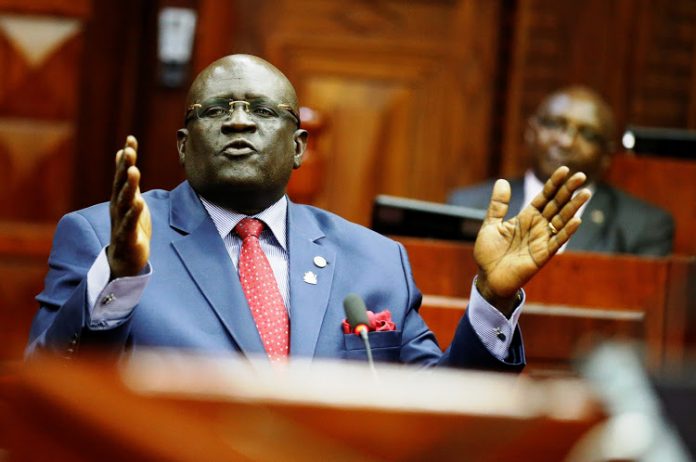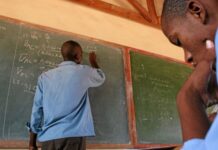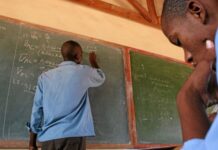
On Monday, schools will usher in a new phase that comes with more disruptive changes brought by the new curriculum.
The implementation of the 2-6-6-3 education system enters its second year next week and the pioneer class will enter upper primary.
They will be left with just two years before completing their primary school.
The unique challenge this time is that unlike the abandoned 8-4-4, learners will have to take 12 subjects, up from six.
In total, learners will spend 1,600 hours of learning every week. This is an equivalent of 40 lessons a week
The is up from 35 lessons in the 8-4-4.
This means the workload in schools is expected to increase two-fold for both learners and teachers.
A circular by Basic Education PS Belio Kipsang to school heads and dated November 7 states that there shall be eight lessons in a day.
It is titled “CBC roll out; implementation guidelines for upper primary Grade 4,5 and 6 further”.
The government will need to ensure the six new subjects that will be introduced are taught despite teacher shortfall.
The new subjects will include Home Science, Agriculture, Creative arts, one optional foreign/indigenous languages, physical health education and pastoral programmes.
Mathematics and Health Education are allocated five lessons each week.
Kiswahili, English, and Science will have four lessons each week while Social Studies, Home Science, Agriculture, Religious Education and Creative Arts have three lessons each week.
The foreign subjects will have two weekly lessons and one lesson will be allocated to pastoral programmes.
Foreign languages will be optional while for creative arts, a learner will have to choose from Music, art and craft.
In the circular, the Education PS a said implementation guidelines for foreign and indigenous languages will be issued to the identified public primary schools.
Kipsang states that: “The Education ministry in conjunction with the TSC will identify public primary schools that will offer foreign and indigenous languages.”
Kipsang further notes that for the creative arts category, schools will offer one theory lesson and a double lesson for practical activities.
However, the creative arts — comprising home science, music and art and craft—also suffer lack of teachers.
However, sources from the Education ministry indicate that the government banks on teachers to take up extra classes to cover for the expansive learning areas in the new curriculum.
The argument is that teachers with P1 qualification—those who teach primary school—are trained to teach in all learning areas.
The creative arts were previously taught under the 8-4-4 but were later dropped for being perceived inferior and were not examinable.
In preparation of the roll-out, Education CS George Magoha said Education ministry had supplied Grade Four textbooks in 97 per cent of the counties.
He said the remaining counties would be reached before schools open.
Yesterday, Kenya Publishers Association chairman Lawrence Njagi said the books had fully been distributed ahead of Monday school reopening.
Njagi revealed that the publishers in total worked on 14 million textbooks for 12 subjects.
Further, the Teachers Service Commission has trained 106,320 teachers from public and private schools, head teachers and tutors from special needs schools on the CBC to help tackle the implementation in Grade four.
Kenya Parents Association chairman Nicholas Maiyo yesterday said called on the government to increase resources that will support the implementation of the program











